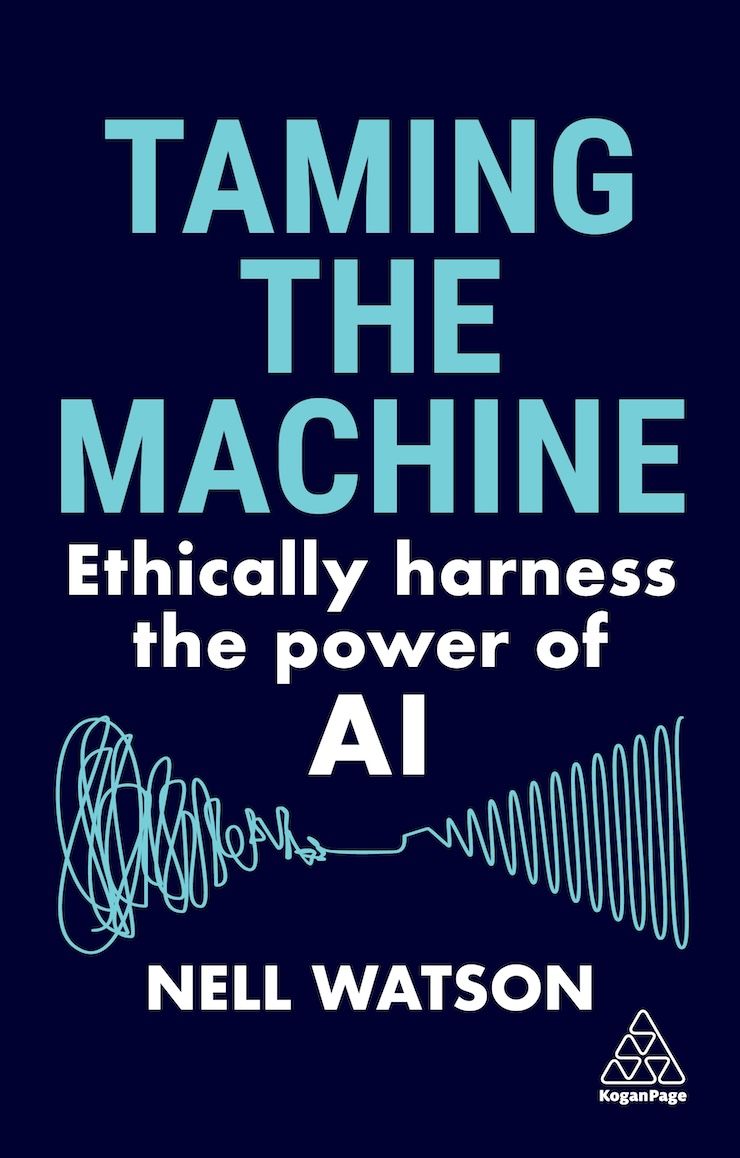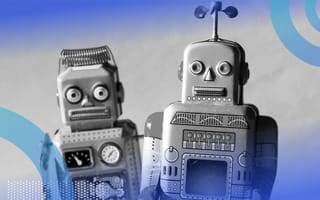The robotics landscape is undergoing a seismic shift, powered by advances in machine vision, generative AI, battery life and wireless communication.
6 Examples of Robots in the Real World
- Robots equipped with machine vision
- Robotic production
- Robotic avatars
- Collaborative robots, or cobots
- Autonomous vehicles
- General-purpose robotics
Unlike their predecessors, which were limited to repetitive tasks or served as novelties, modern robots are poised to become versatile, intelligent tools in both industrial and personal settings. Machine vision allows them to interpret their environment accurately, while generative AI enables natural language interactions, making them more intuitive to command. Enhanced battery life and wireless capabilities add to their mobility and versatility.
A confluence of technologies is embodying AI in the physical world, heralding a new era where robots can be both effective and intelligent assistants.
The Machine Vision Revolution
The transformative power of machine vision in the field of robotics and AI cannot be overstated. Machine vision, driven by advances in deep learning and convolutional neural networks (CNNs), is enabling robots to navigate, recognize and interact with their environment in ways previously thought to be the exclusive domain of biological vision systems. The advent of affordable, high-performing GPUs has been a catalyst, providing the computational might needed for real-time vision processing.
This revolution parallels the Cambrian Explosion in evolutionary history, where the advent of eyes dramatically expanded the capabilities of living organisms. Similarly, machine vision is a game-changer for robotics, enhancing their mobility, autonomy and utility across various applications. Robots can now navigate dynamically changing environments, identify and manipulate objects and even anticipate where they might be needed, all with minimal or no human intervention.
Emerging technologies like single-pixel object detection (SPOD) and optical neural network pre-processors are pushing the boundaries even further. SPOD, for example, enables object detection from a single pixel, offering applications from medical imaging to manufacturing quality control. Optical neural network pre-processors achieve astounding compression ratios, making real-time processing even more efficient.
Transformer architecture, a new paradigm in machine learning, is also making inroads into vision tasks, challenging the domain-specific prowess of CNNs. This indicates a trend towards versatile, multi-task models that can handle a variety of sensory inputs and cognitive tasks.
Looking ahead, the integration of onboard and cloud-based intelligence will likely be the next frontier. Onboard systems will manage immediate, time-sensitive tasks, while cloud-based intelligence will offer contextual understanding and strategic decision making. However, as we tread this exciting path, it’s imperative to embed safety and ethical guidelines to ensure that this newfound autonomy doesn’t translate into unintended risks or ethical quandaries.
Robotic Production
Lights out factories, where robots handle most tasks with minimal human oversight, have been a long-sought goal in automation (the name derives from the fact that, with automated production, there’s often no need to turn on the lights). While achieving this has been challenging due to human labor’s flexibility, advances in machine vision and learning are making it more feasible.
Today’s robots are versatile, capable of multiple tasks like sorting, painting and assembly, and can handle objects of various sizes. This not only improves efficiency but also reduces human exposure to hazardous conditions.
Digital twins, real-time virtual replicas of physical systems, further optimize operations by allowing for predictive analytics and problem-solving. This technology has applications beyond manufacturing, including healthcare.
As robots gain capabilities, fully automated factories are becoming more realistic, requiring ethical management to ensure job and safety considerations.
Robotic Avatars
Avatar robots, now more affordable at around $15,000, are expanding their roles beyond simple task execution. Equipped with haptic gloves and advanced sensors, they allow users to perform complex tasks remotely. This has applications in fields like medicine, engineering and even disaster response. Sharing these avatars among users — akin to a rideshare model — further extends their utility.

These avatars also serve as rich data sources for machine learning. They could help address Moravec’s paradox, which highlights the difficulty machines have in mastering tasks that humans find simple, such as intuitive mobility. The rich sensory data and user actions captured by avatars offer insights into human behavior that go beyond what video observation can provide, potentially speeding up the development of advanced androids.
The technology also has geopolitical implications. High-speed networks like Starlink make it possible for people to engage in global telecommuting without relocating, benefiting local communities and increasing the potential for remote working.
As these avatars become more advanced, they will likely evolve from task performers to interactive collaborators, prompting a re-evaluation of AI’s societal role.
Autonomous Vehicles
Autonomous vehicles, increasingly enabled by affordable LiDAR (light detection and ranging) technology, are becoming more common in urban settings. However, the effectiveness of this technology can vary based on factors like geography, culture and local laws, making it challenging to deploy universally. Remote-controlled avatars are bridging the gap towards full autonomy, allowing robots to learn from human operators.
Autonomous systems also promise to revolutionize emergency responses. They could replace riskier and costlier traditional methods, such as planes and helicopters in firefighting, and offer safer alternatives for high-risk drivers, potentially reducing accidents.
However, the rise of autonomous vehicles also poses ethical and societal challenges. For instance, safer roads could lead to a 15 percent decrease in available organs for transplantation due to fewer fatal accidents (Mills and Mills, 2020). Additionally, local governments may see a drop in revenue from parking and speeding fines, which often form a significant part of their budgets (Sibilla, 2019).
General-Purpose Robotics
Advances in machine vision and generative models are ushering in a new era of general-purpose robotics. These robots can understand and execute human language commands, with applications ranging from healthcare and companionship for the elderly to agriculture and warehousing. The robots can also learn from each other across different fields, enhancing their capabilities.
However, traditional frameworks designed for static systems won’t suffice for these self-learning, adaptive robots. New guidelines must be developed to ensure their ethical and safe operation as they continue to evolve.
Collaborative Robots (Cobots)
Collaborative robots, or cobots, are designed to work safely alongside humans in shared spaces. They are equipped with advanced sensors and controls, making them ideal for tasks requiring precision, strength or repetition in sectors like manufacturing, logistics and healthcare. Unlike traditional industrial robots, which are often isolated for safety, cobots have situational awareness that allows them to operate freely among humans.
These robots are particularly beneficial in roles that require quick and accurate movements, such as emergency medical response. While they generally don’t collaborate directly with humans on tasks, they do perform complementary roles, freeing humans for more complex work.
Cobots are already making a significant impact in logistics and warehousing, particularly in sorting and picking tasks. As the technology matures, their roles are likely to expand to tasks like restocking shelves and potentially replacing semi-skilled labor, thereby enhancing workplace safety and efficiency.
Excerpted from Taming the Machine by Nell Watson ©2024; reproduced and adapted with permission from Kogan Page Ltd.





